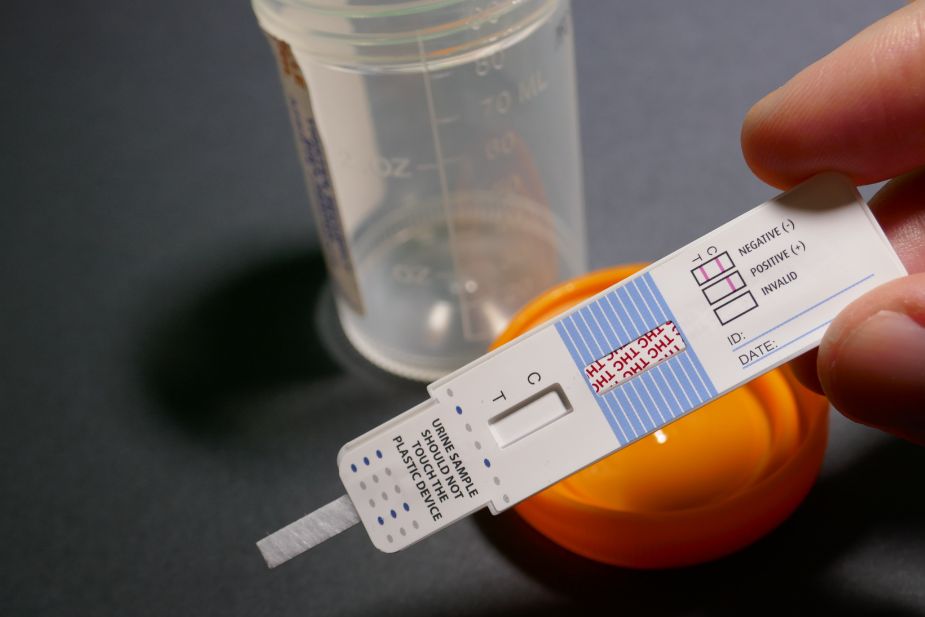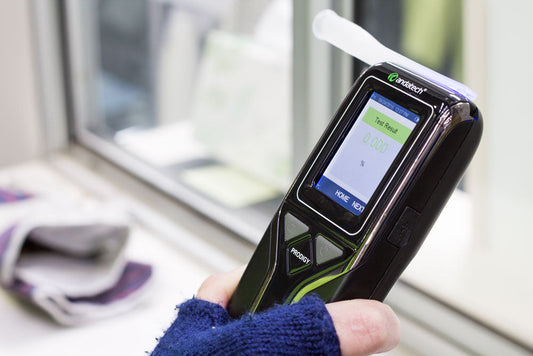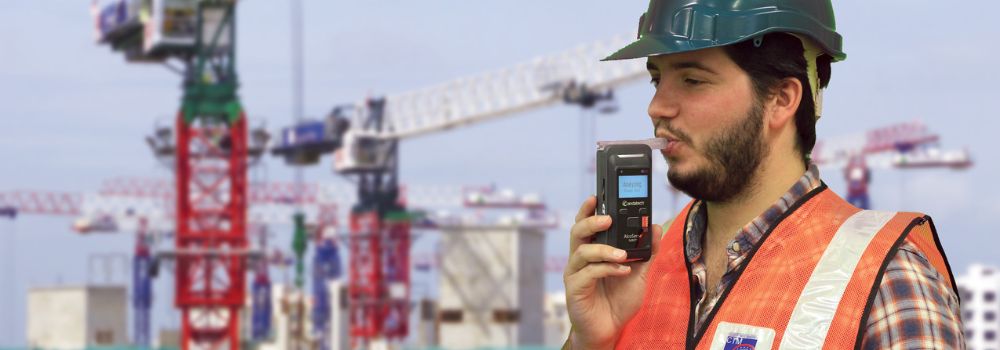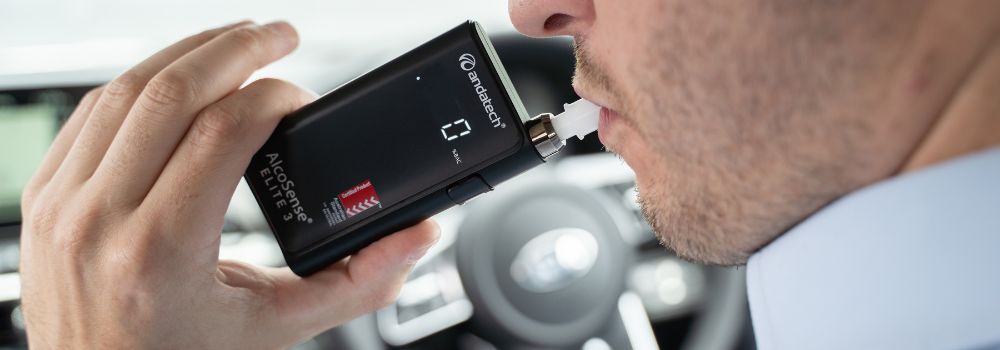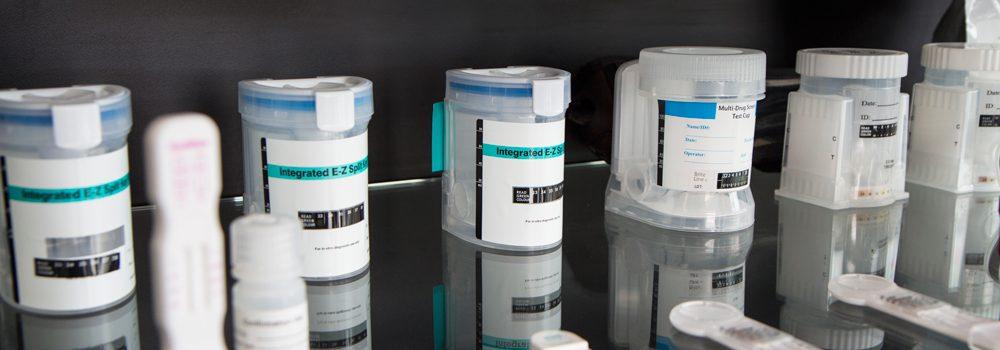Drug drivers are on notice this year, with several state governments in Australia increasing roadside drug testing and toughening up measures against drug taking motorists in a bid to lower road incidents. With that, many are concerned about drug detection times not only in the workplace, but also when it comes to roadside drug testing detection times.
Drug testing has been used for years in law enforcement, medical purposes as well as in the enforcement of workplace ethics. As drug testing is generally carried out to achieve a desired outcome or to address an identified risk, it does not occur in a vacuum. There are well laid out policies, regulations and procedures that have to be followed during the drug testing process.
We discuss some basics of understanding drug detection times including drug screening in the workplace and during roadside drug tests, drug test cut-off levels, the standards that govern these cut-off levels, and the different drug test detection times for different substances.
DRUG SCREENING
Drug tests carried out at workplaces and at roadside drug testing are actually rapid drug screening tests designed to quickly identify a sample as either negative or presumptive positive. Screening methods are based on established imunoassay technologies, which utilise antibodies as reagents to measure the amount of a particular drug or drug group in the sample.
As oral and urine drug testing kits are screening tools, all presumptive positives require a confirmation test, which provides qualitative results of drugs and/or drug metabolites present in the sample. Confirmation results are expressed as positive or negative and are legally defensible. Usual methods of confirmation testing involve gas chromatography or liquid chromatography – highly specific and sensitive analytical methodology that can identify specific drugs and their quantities in the sample.
DRUG TEST CUT-OFF LIMITS
The key concept in drug test kits is the application of cut-off levels, which is the point that separates a test result as being either positive or negative. A cut-off limit is the minimum concentration of drugs or metabolites that must be present in specimens before the drug test result can be reported as positive.
In drug screening tests, a cut-off limit is chosen that will optimise drug detection but minimise the number of false positive results.
It is also important to note that a negative result on a drug screening test doesn’t mean that it is drug free; it might contain a drug at a concentration that is lower than the defined cut-off.
On the other hand, a screen positive or presumptive positive drug test result merely shows a response, which is usually because a drug is present. However, it does not indicate recency, frequency, or amount of use, nor can it be correlated to any degree of impairment.
WINDOW OF DRUG DETECTION TIMES
Drugs will not stay in the body system forever. Different types of drugs are metabolised by the body at different rates, and the duration over which a particular class of drug will stay in the body also varies from one person to another.
The factors affecting the drug detection times include the amount of drugs that was consumed by the person, mode of drug use, body size of the drug user and the efficiency with which a person’s body process the drugs.
The window of detection for drug detection times is the time that a drug can be detected in a biological sample above a specified cut-off for the test being performed. There is a period of time immediately before and after this detection window when the drug will be present in the sample but at a level below the cut-off.

A visual representation of a cut-off level and window of detection (source)
Tests are designed to be drug or drug group specific and the cut-off level has been determined to optimise detection without giving false positives.
Drugs are detected in oral fluid either from direct deposition in the mouth or by transfer from the blood stream following ingestion and absorption. Any drugs present in the bloodstream are metabolised in the liver before being excreted in the urine. This results in drugs appearing in the urine later than oral fluid. Therefore, drugs are detectable for a significantly longer time in urine than they are in oral fluid.
The table below provides a general estimate of the drug detection times for the various classes of drugs:-
Drug Detection Times in Oral Fluid
The shortest window of detection is found with oral fluid.
| Drug | Detection Window |
|---|---|
| Cocaine | up to 24 hours |
| Benzodiazepines | up to 24 hours |
| Cannabinoids (THC) | up to 24 hours |
| Methamphetamines | up to 24 hours |
| Opiates Morphine Codeine |
up to 1-2 days up to 24 hours up to 1-2 days |
| Amphetamine | up to 1-2 days |
| Buprenorphine | up to 1-2 days |
| Ketamine | up to 1-2 days |
| Methadone | up to 1-2 days |
Drug Detection Times in Urine
Drugs can be detected in urine for longer, and in consequence the window of detection for some drugs can be affected by whether their effects are short or long acting.
| Drug | Detection Window |
|---|---|
| Benzodiazepines Ultra short acting Short acting Intermediate acting Long-acting |
up to 12 hours up to 1 day up to 2-4 days up to 7 days |
| Barbiturates Shorter acting Long-acting |
up to 1-2 days up to 7 days |
| Methadone | up to 1-2 days |
| Amphetamines | up to 1-3 days |
| Methamphetamines | up to 1-3 days |
| Buprenorphine/Subutex Analgesic Therapeutic dose Maintenance dose |
up to 1-3 days up to 10-12 days |
| Cannabinoids (THC) | up to 1-4 days |
| Cocaine | up to 2-3 days |
| Opiates | up to 2-3 days |
| Ketamine | up to 3-5 days |
| Tramadol | up to 3-5 days |
Many urine drug test kits, not to mention drug testing kits in general, detect and test for the most commonly abused “street” drugs, which are:
- Opiate
- Amphetamines
- Methamphetamines
- Cocaine
- Cannabis/Marijuana
However, there are many more drug testing kits that extend up to other classes of drugs such as the various prescription drugs that may be abused by users. These drugs include:
- Benzodiazepines
- Ecstasy
- Narcotic prescription drugs such as Methadone and Oxycodone
- Barbiturates
- Note that different drug test kits may test for different drugs and have different cut-off levels than those prescribed by Australian Standards.
Disclaimer: The information provided in this article is for general reference only. Please seek advice from professionals according to your business’s needs.
Written by Eugene Ng

